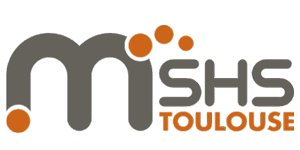
Yoko NIIYAMA, Jean-Pierre POULAIN, Haruka UEDA, Mathilde LABEAUT, Laurence TIBERE, Yayoi KITO, Haruyo KUDO, Associated Images of the Health Effects of Radioactive Substances in Food and their Origins: Studies in Japan and France, Japanese Journal of Risk Analysis, 2020, vol. 29/4, pp. 273-285, DOI https://doi.org/10.11447/sraj.29.273
Abstract
Image association influences the public’s risk perception. Several studies have investigated these associated images such as on nuclear waste repositories. It has also been reported that image association factor has a significant impact on the perceived risk of health effects of radioactive substances in food released from the Fukushima nuclear power plant accident. The objective of this study was to identify the associated images of that and their origins. The survey was conducted employing focus group interviews in Japan and France, in which the participants were asked to present and describe the pictures representing their risk images. Relatively similar findings were obtained in both countries. Serious image categories (such as ‘severe health effects’, ‘fear of the invisible’, ‘spreading and accumulation’, ‘heightened dread and despair’) and their origins (visual media concerning the victims of atomic bombings in Hiroshima and Nagasaki, as seen during childhood) were identified. For the Japanese case it was found that the effect of the Fukushima accident with low-dose exposure was perceived as extremely serious image and that the image was evoked from the memories of high dose exposure in the past. The cognitive mechanisms and some implications for risk communication were discussed.
Keywords: Image association, Origins of image, Health effect of radioactive substances, Public risk perception
Contacts : Jean-Pierre Poulain, poulain@univ-tlse2.fr – Laurence Tibère, tibere@univ-tlse2.fr






